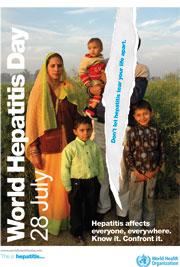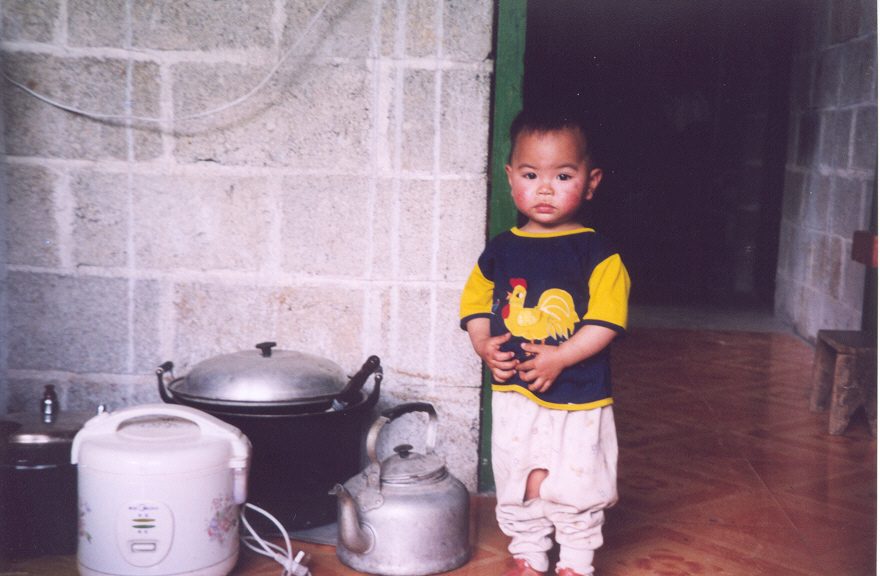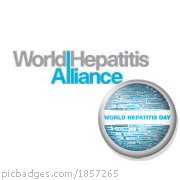 It’s August, and believe it or not, fall sports for kids are ramping up. Are you reluctant to allow your child to participate in athletics due to their hepatitis B (HBV) infection? Many parents agonize over the potential risk of exposure of their child’s HBV to those unwittingly playing on the field. Don’t bench your child due to HBV. Get your child off the couch and out on the field with friends!
It’s August, and believe it or not, fall sports for kids are ramping up. Are you reluctant to allow your child to participate in athletics due to their hepatitis B (HBV) infection? Many parents agonize over the potential risk of exposure of their child’s HBV to those unwittingly playing on the field. Don’t bench your child due to HBV. Get your child off the couch and out on the field with friends!
HBV is not casually transmitted. Hepatitis B is spread through direct contact with infected blood and sexual fluids. The concern is with potential accidents on the field or court that result in bleeding. Even then, the odds of transmission are unlikley, when you consider it takes the blood of an infected person to come into contact with an open wound, mucous membrane, or orifice. Regardless, it is a real concern that can be alleviated with some basic prevention methods.
Hepatitis B is vaccine preventable and nearly all states require that children attending school or licensed day care are vaccinated against hepatitis B. Although there is no way to assure every child is vaccinated, you must consider that your child is likely not the only infected individual in the league. Many do not even know they are infected since viral hepatitis is often asymptomatic.
If your child is older and involved in HS athletics, you’re likely beyond much of this worry. School coaches are trained to manage blood and body fluid spills with infection control practices. The opportunity for HBV vaccination is available and coaches are well aware of risks due to blood borne pathogens.
Perhaps the big concern is with little ones playing with hepatitis B. In a well-organized league, coaches are trained and expected to follow basic prevention methods when dealing with blood and body fluids… Sideline the player until the bleeding has stopped. Cover the wound, and clean up blood appropriately. The concern for parents is whether or not the neighborhood dad took the training seriously and will abide by the rules. The HBV vaccine is safe and effective, but some adult coaches may not be vaccinated. It is a worry for parents of kids with HBV. Should an accident involving your child with hepatitis B occur, you can always reconsider if you want to share this information with the coach, should you feel there was an exposure that warrants post-exposure treatment.
One response to concerns is to get out there and get involved! You don’t have to be a soccer star to work with a group of five-year-olds. You can literally work your way up in the volunteer coaching pool all while making sure your child is having fun, and playing the game safely. My husband coached from kindergarten through middle school. One parent I knew was not able to make the leap from mom to coach, but she was very visible on the sidelines. She maintained a thorough first aid kit and was there to assist with injuries on the field – including that of her son with hepatitis B. Lets face it. When a little one is injured, they want their parent to wipe their tears and cover their boo-boos. Be there and be prepared.
The introduction to a sport for little ones is all about fun and interacting with friends. So have fun with it! Figure out how to work yourself onto the field, or the court. If your league is more loosely organized, then get involved so you can help set the standards and raise general awareness. Be an assistant coach, coach’s helper, score keeper, linesman, or active soccer mom or dad. It will give you peace of mind, and you and your child will enjoy the time together.












